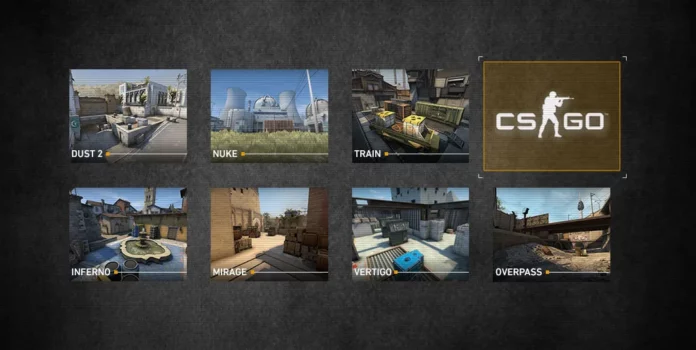Counter-Strike, the timeless game that has captivated players for over two decades, owes much of its enduring appeal to its diverse and ever-evolving map pool. Unlike many other games that rely on frequent character updates or gameplay changes, Counter-Strike keeps things fresh by introducing new maps to its rotation.
Some maps have stood the test of time, while others have recently emerged to join the ranks. Together, they form the captivating world of Counter-Strike.
What Is Map Pool In CSGO?
Understanding the Map Pool
The map pool in Counter-Strike encompasses two categories: Active Duty and Reserve.
Active Duty maps are specifically chosen by Valve for professional CSGO tournaments. Over the years, the Active Duty pool has comprised a total of eleven maps, with only seven available at any given time. The recent change in late 2022 replaced Dust II with Anubis, resulting in the current Active Duty pool consisting of Ancient, Anubis, Inferno, Mirage, Nuke, Overpass, and Vertigo.
While the Active Duty map pool is primarily intended for professional play, it still influences the casual scene. Many high-level players intersect with professionals, and both groups prefer playing maps that are currently relevant in the esports scene. Consequently, changes in the Active Duty pool can signify significant shifts in the state of CSGO, as iconic maps like Cache and Cobblestone may lose popularity due to their removal from professional play.
Reserve maps are available for casual players in matchmaking but are not included in professional tournaments. These maps are typically former Active Duty maps that have been moved to the Reserve pool. Currently, the Reserve pool consists of Cache, Dust II, Train, and Tuscan.
To summarize, professional CSGO matches are exclusively played on Active Duty maps, while casual players have access to both Active Duty and Reserve maps. Now, let’s delve into the current Active Duty maps before briefly touching upon the reserves.
The Current Map Pool In CSGO:
Ancient – The Latest Addition to Active Duty
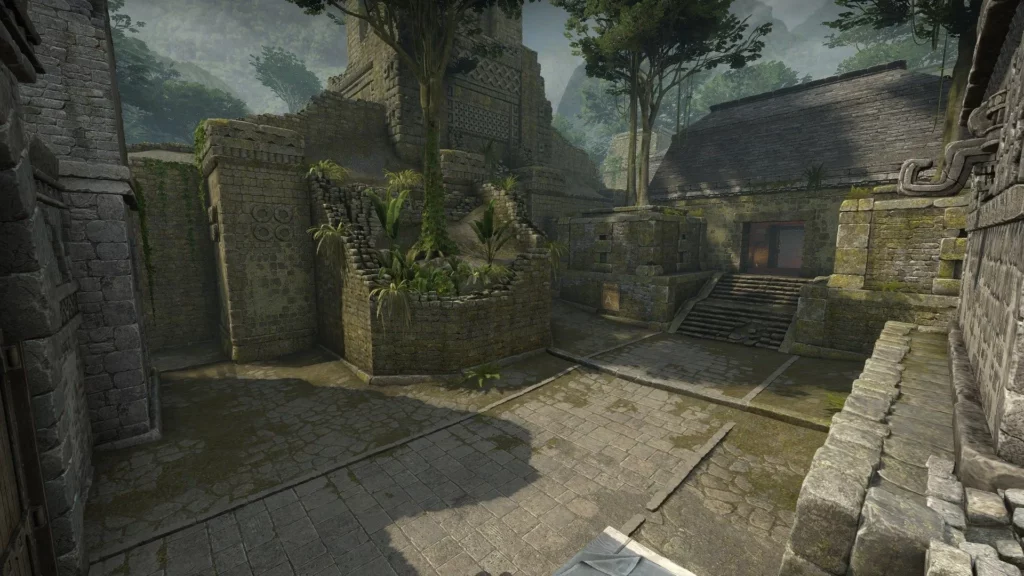
Ancient, created by Valve and introduced during Operation Broken Fang in December 2020, is the second newest map to join the Active Duty pool. It replaced Train when the operation concluded in May 2021.
Following a recent update, Ancient now offers better balance compared to its previous version, which heavily favored the Counter-Terrorist side. The map’s dynamics now revolve around early control of Mid, as both sides arrive simultaneously due to adjusted timings. With small entry areas on the wings of the map for both bomb sites, Mid control becomes essential for successful splits and fast rotations.
Featuring a visually unique design, Ancient demands strong communication and teamwork from both sides to effectively secure territory and eliminate opponents.
Anubis – A Shifting Presence in Active Duty
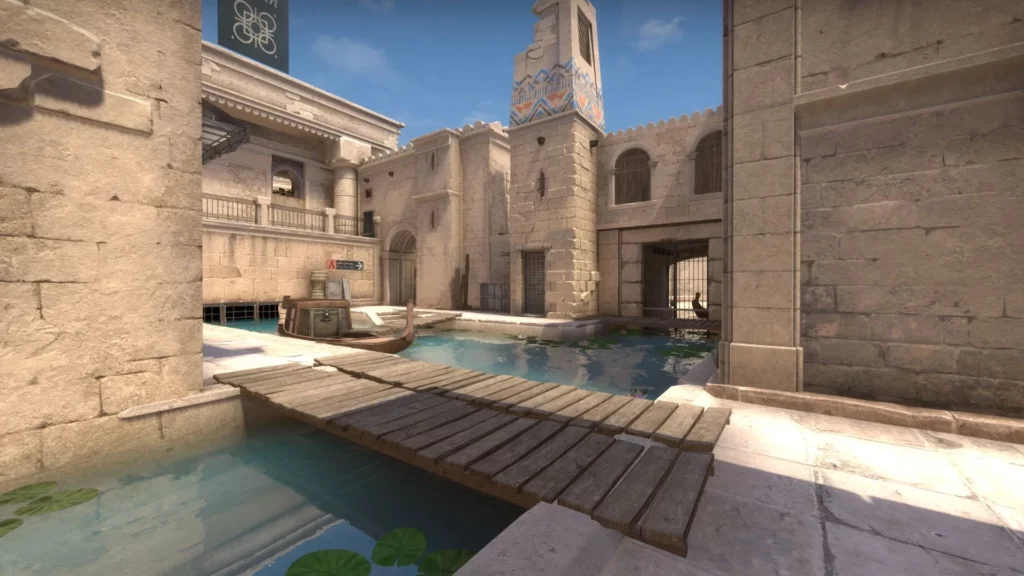
Anubis made its debut in March 2020 as part of Operation Shattered Web. Two years later, in August 2022, it joined the Reserve pool as a celebration of CSGO’s 10th anniversary. Shortly after, Anubis was added to the Active Duty pool, replacing Dust II.
Unlike most maps, Anubis leans heavily towards the Terrorist side, limiting Counter-Terrorists to bomb sites early in the round. Terrorists gain control of most of the map, creating a challenging scenario for the defenders. Successful executes are vital, and while Counter-Terrorists can rotate through Mid, Terrorists can swiftly seize control and divide the map, making defense an arduous task.
Anubis boasts a distinct design with canals flowing throughout the map. Its T-sided nature sets it apart from the predominantly CT-sided maps seen in recent times.
Inferno – A Beloved Classic
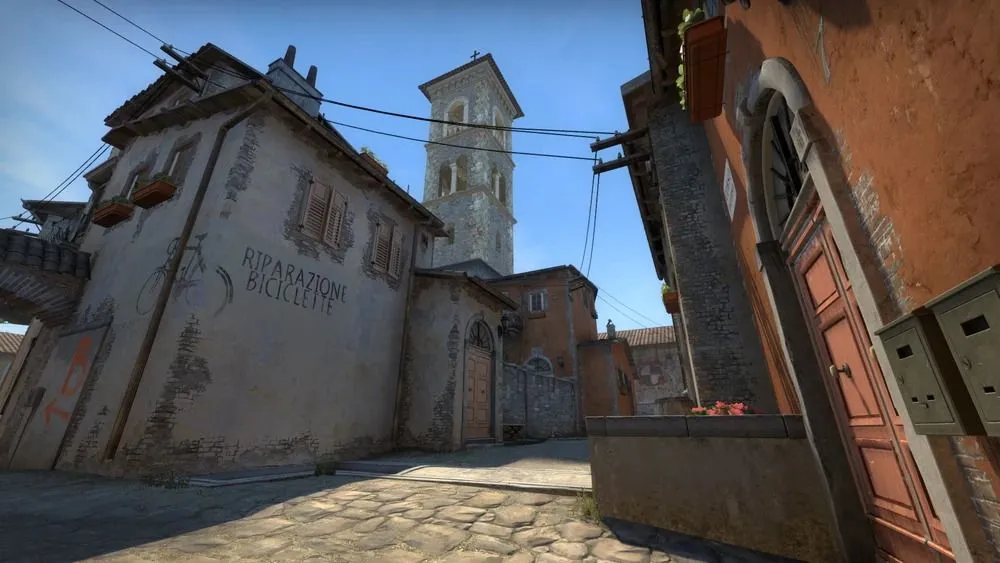
Inferno, carried over from CS 1.6 to CSGO, stands as one of the most beloved and iconic maps in Counter-Strike. While it was temporarily removed from the Active Duty pool in the past, it has never disappeared from the game entirely, consistently captivating players.
Inferno offers a well-balanced gameplay experience, with both Counter-Terrorists and Terrorists having ample opportunities for strategic maneuvers. The B entrance known as Banana plays a pivotal role in the early rounds, serving as the main access point to the B site apart from the CT-Spawn. The map encourages a blend of aggression and caution, but once a site is lost, retaking it becomes a formidable challenge, emphasizing the importance of economic awareness.
Renowned for its versatility and familiar design, Inferno remains a staple in both professional and casual scenes, attracting Counter-Strike enthusiasts with its timeless appeal.
Mirage – The Everlasting Favorite
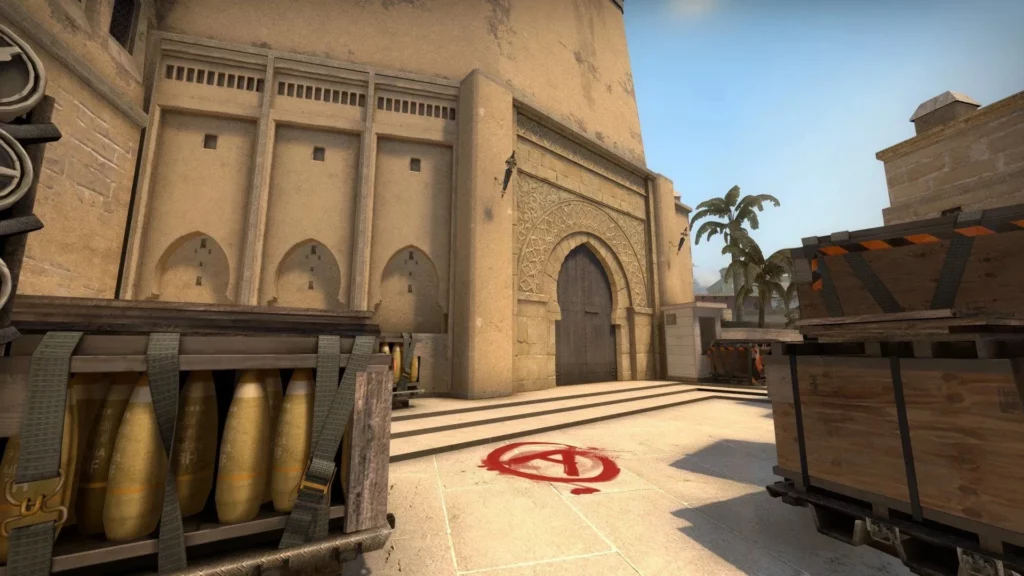
Mirage holds the distinction of being the most popular map in Counter-Strike history. Since its inclusion in the Active Duty pool in June 2013, it has stood as an unwavering symbol of the game for over a decade.
While Mirage leans slightly towards the Counter-Terrorist side, it provides a flexible playing field for Terrorists as well. Every section of the map carries significance, and executing a well-planned default strategy is crucial for the success of the Terrorist team. Controlling different areas enables the team to gain an advantage, while Counter-Terrorists must remain vigilant, anticipating anything from swift assaults to methodical splits.
Mirage continues to be the go-to map for newcomers as well as seasoned veterans, captivating players with its unique gameplay and unchanging allure.
Nuke – A Legacy of Complexity
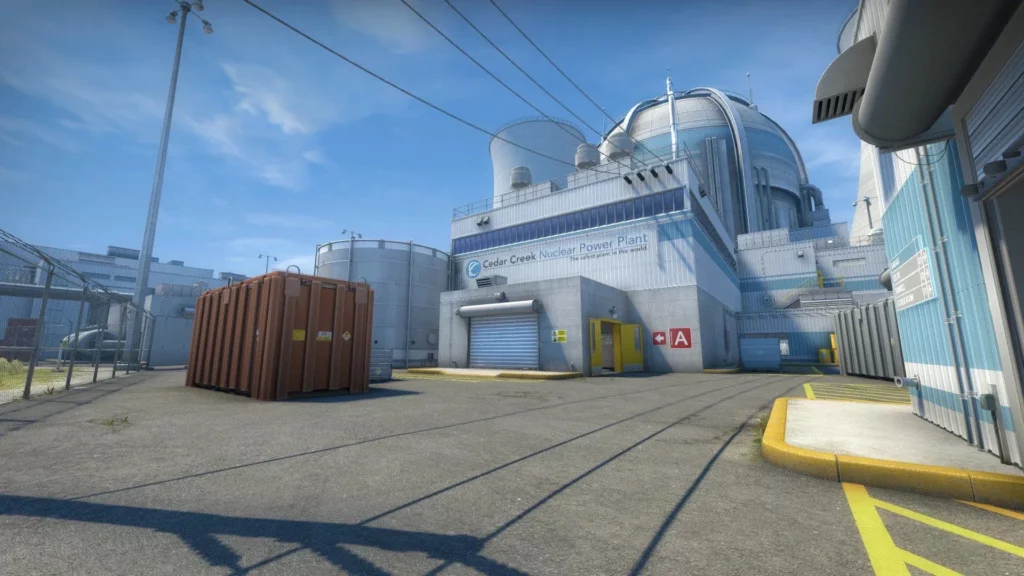
Debuting in Counter-Strike’s fourth beta version in 1999, Nuke claims the title of the franchise’s oldest defusal map. While it has undergone significant balance and visual improvements over the years, its core unconventional design has remained intact for over two decades.
Nuke stands as the most strategically intricate map in Counter-Strike. With its distinct dual-level structure, the bombsites sit above and below each other, offering a range of engagement distances, from long-range encounters outside to close-quarters battles deep within the B site. The map boasts swift rotations, where utility plays a crucial role. While heavily skewed towards the Counter-Terrorist side, Nuke provides more options for outmaneuvering opponents than any other map.
Having stood the test of time, Nuke’s rich history and strategic depth have molded it into the pinnacle of competition and strategy that it represents today. Despite its relatively small size, Nuke bursts with possibilities and challenges players to master its intricacies.
Overpass – A Valve Original
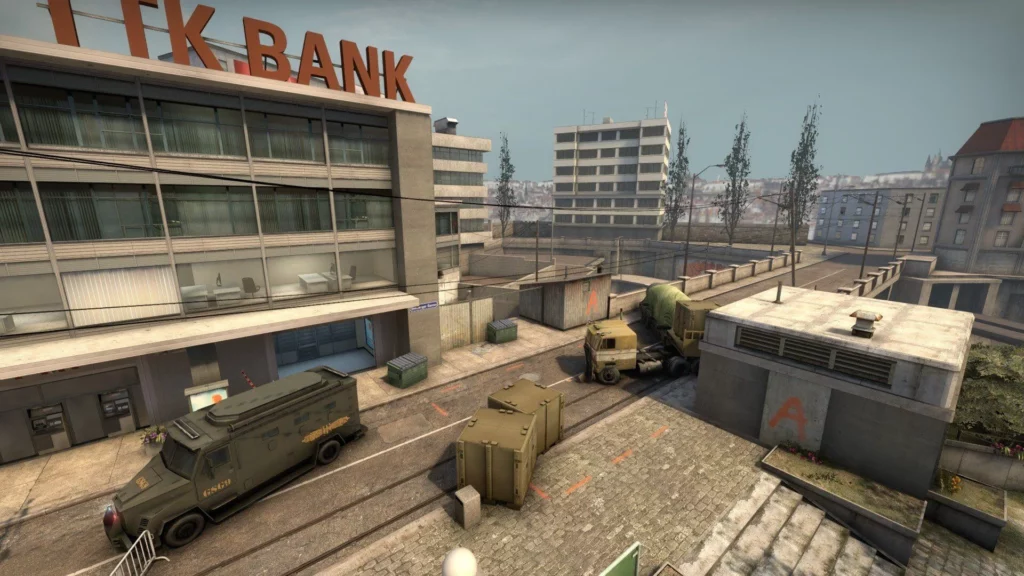
Introduced by Valve in the Winter Offensive update of December 2013, Overpass became the first new defusal map crafted specifically for CSGO. Over the years, it has received multiple layout updates, particularly on the A site, solidifying its status as a popular choice for casual play. Since its introduction almost a decade ago, Overpass has remained a constant presence in the Active Duty pool.
Overpass leans heavily towards the Counter-Terrorist side and stands as the largest map in Counter-Strike. While close-quarters engagements can occur, especially in the connector area, medium and long-range battles are common, requiring players to possess a strong understanding of common angles. Successful utility usage and well-coordinated teamwork are vital for both sides to achieve victory.
Although some players may find its CT-sided nature tiresome, the delicate balance between precise aim and strategic decision-making required to master Overpass has cemented its status as a favorite among casual and professional players alike.
Vertigo – From Forgotten to Divisive
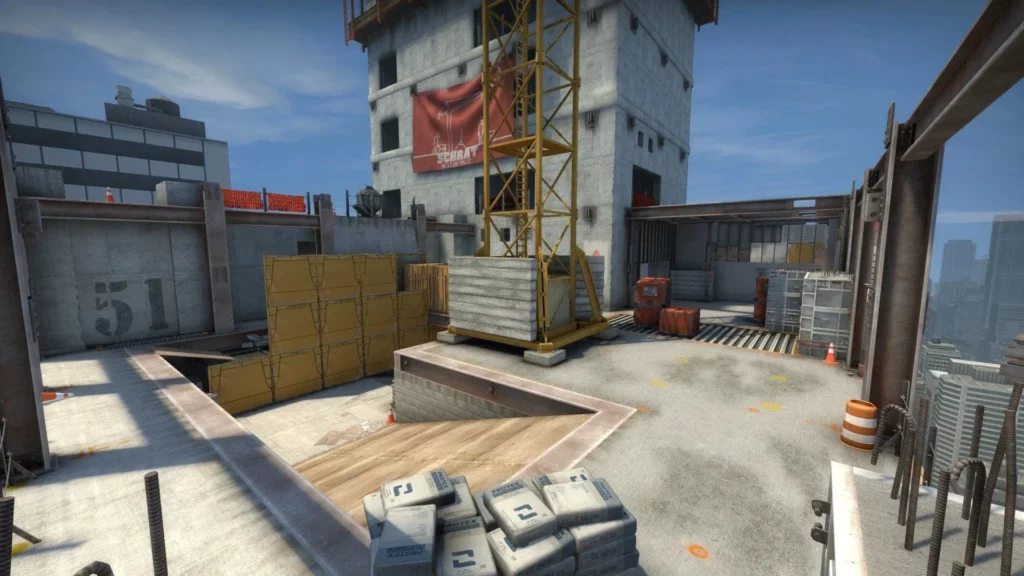
Originally released alongside CS 1.1 in 2001, Vertigo faded into obscurity until it received a
major overhaul and was reintroduced to the Active Duty pool in March 2019, a staggering 18 years after its initial creation. It replaced Cache, sparking mixed reactions from the community. While subsequent changes have improved its reception, Vertigo remains a polarizing map among fans.
Regarded as one of the most balanced maps in the game, Vertigo features two levels that allow for audibly discerning fast rotations from the lower level, where Terrorists can swiftly transition between bomb sites. Gaining control of A Ramp becomes crucial, as it serves as the most hotly contested point on the map. Taking the B site consistently proves challenging, and coordinated use of smokes and molotovs often leads to chaotic confrontations. Information gathering plays a pivotal role in making rapid team decisions.
Although Vertigo may not enjoy the same level of adoration as other Counter-Strike maps, it offers a gratifying experience once players grasp its core principles of information management, strategic utility usage, and seamless rotations.
Cache, Dust II, Train, Tuscan – Hidden Gems in the Reserve Map Pool Of CSGO
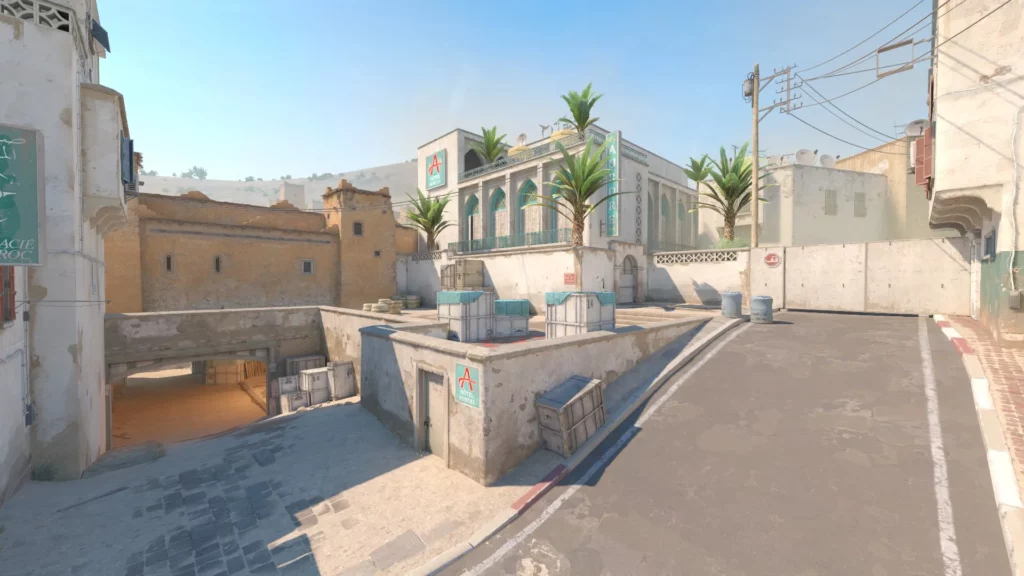
The Reserve pool harbors a collection of classic and iconic Counter-Strike maps that, while not featured in professional play, still hold great appeal for casual players.
Cache stands as a prime example of a classic CSGO map. Initially introduced to the Active Duty pool in September 2013, it remained a fan-favorite for six years until its rework and subsequent removal to make way for Vertigo in 2019. Unfortunately, some players feel that the map lost its charm following the overhaul.
Dust II holds a legendary status in gaming history. With its revolutionary four-square design, it made waves upon its release in 2001. Despite minimal changes over the past 22 years, its extensive playtime has rendered it somewhat predictable and lacking novelty. Dust II was added to the Active Duty pool at the launch of CSGO, removed for a rework in 2017, and reintroduced in 2018. However, in November 2022, it was once again removed to make space for Anubis.
Train, another map originating from the original Counter-Strike, has hosted countless memorable matches over the years. Despite its CT-sided nature and emphasis on intricate executes, Train has stood the test of time. Initially included in the Active Duty pool at the launch of CSGO, it was temporarily removed and reworked in 2014 to accommodate the introduction of new maps. Train made a triumphant return to the Active Duty pool in 2015 but was ultimately replaced by Ancient in May 2021.
Tuscan has yet to make its proper transition to Global Offensive. However, with its introduction alongside Anubis to commemorate the game’s 10th anniversary, the potential for Tuscan to enter the Active Duty pool remains untapped. Players eagerly await the day when this revered map will receive the recognition it deserves.
Understanding the Significance of Maps in Counter-Strike
In Counter-Strike, the mechanics lay the foundation, but it is the maps that breathe life into the game. The ever-evolving map pool, with its carefully crafted environments and strategic nuances, keeps players engaged and enthralled. Each map undergoes years, sometimes decades, of refinement and development to become the immersive playgrounds they are today.
By familiarizing yourself with each map in the Active Duty and Reserve pools, you gain a deeper understanding of the game and equip yourself with the tools to excel. Counter-Strike is a game where knowledge reigns supreme, and the more you know about the intricacies of each map, the better positioned you are to succeed.
So, venture forth, gain the edge in your next game, and select a map to explore. Rest assured, there is no wrong choice. Immerse yourself in the captivating world of Counter-Strike, where every map tells a unique story and presents thrilling challenges for players of all skill levels.
Thank you for taking the time to read our article. To stay up-to-date with the best esports news website that caters to your individual preferences and comfort, we kindly recommend following TalkEsport on Google News & Twitter.


